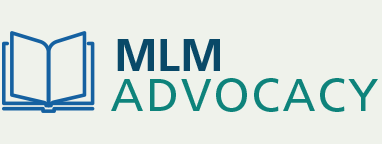English Language Learners
DEFINITION
English language learners, or ELL’s are students who are not able to communicate or learn in English. ELL’s receive an education in both English and Spanish to help them learn academic English. Although teachers instruct students in both English and Spanish, instruction is largely in English. Students who either move to a school district or coming into school for the first time as kindergarteners will be assessed by the school district using a home language assessment. This assessment is provided to each student whose home language is something other than English. The assessment helps school districts determine how much the student is able to use English throughout a school day. They are tested in reading, writing, speaking and listening. And, depending upon how well they perform, the student will be placed into an English only classroom or into a classroom with both languages. To be eligible to leave the class, a student has to pass the New York State English as a Second Language Achievement Test which is given once a year in May. There are 4 parts and each part has to be passed. If a student passes, then they are monitored for two years to ensure that they are able to be successful students using only English.
Ell students should have every opportunity to interact with peers and use academic language in meaningful ways throughout a school day. But, it can be difficult for many students to engage in the learning process when acquiring a new language is difficult. What happens if your child is struggling to understand? Is it because they are having trouble learning English? Or is it because they may have a learning disability? And, how do you know the difference.
HOW TO DETERMINE NEEDS
Students who learn a second language move through five stages. In each stage, the student acquires the ability to speak the second language fluently. When a teacher becomes concerned it is because there may be a problem for the student to move between each stage. And, when this happens, a teacher will often feel that a referral to special education is necessary. However, determining and understanding whether or not an ELL student has a learning disability or is still struggling with learning a new language can be difficult. To be able to tell the difference between a language disorder and a learning disability requires knowledge of how students learn a new language. Thus, the question becomes is the student having a hard time in the classroom because they are struggling with learning a new language or do they not understand what is being taught.
THINGS TO CONSIDER
Prior to a referral to the Committee on Special Education, both parents and school staff should consider the following information. Is it possible that the student is not responding to intervention or instruction from either the teacher or the ELL teacher and would a different approach be more effective? Does the student require more language support? Or is the classroom to noisy or is it too small? If it is determined that the student should be referred to the Committee on Special Education, all evaluations should be conducted bilingually in order to determine whether or not there is a true language disorder. This means that all of the evaluations will help to distinguish between whether or not the student understands the use of language or is just struggling to learn a new language.
If it is determined that your child requires special education services, the individualized educational plan (IEP), can include services to be given in the native language of the student. If your child is determined to have a true language disorder, then the goals and the services on the IEP will reflect the academic needs of your child. Your child is entitled to receive all of the appropriate services that can help them become academically successful.
